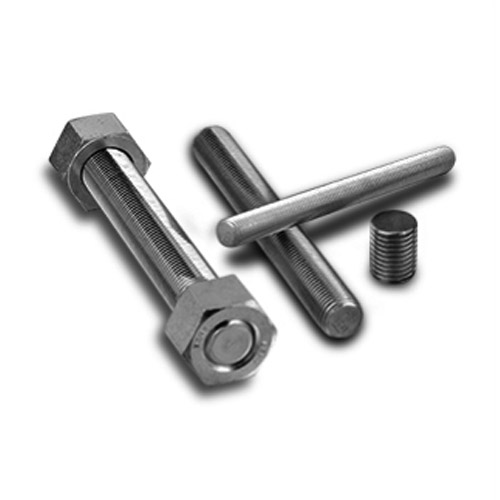

Innovative Designs for Pan Head Tapping Screws in Modern Applications
Sep . 28, 2024 14:59 Back to list
Innovative Designs for Pan Head Tapping Screws in Modern Applications
Understanding Pan Head Tapping Screws A Comprehensive Guide
In the realm of fasteners, pan head tapping screws have carved out a significant niche due to their unique design and versatile applications. These screws, characterized by their disk-shaped head and sharp tip, are specifically engineered for efficient use in various materials. This article delves into the intricacies of pan head tapping screws, exploring their features, applications, and benefits.
What Are Pan Head Tapping Screws?
Pan head tapping screws are a type of self-tapping screw, designed to create their own threads as they are driven into a pre-drilled hole or directly into softer materials. The pan head provides a larger surface area for better load distribution and resistance to stripping, making them reliable in securing components together. Typically made from materials like stainless steel, carbon steel, and various alloys, these screws can be coated for additional corrosion resistance, enhancing their durability in different environments.
Key Features
1. Head Design The pan head is slightly rounded with a flat top, creating a low profile that prevents snagging while offering enough grip for a tool. This design is particularly advantageous for applications requiring a neat finish.
2. Self-Tapping Unlike traditional screws that require a pre-threaded hole, pan head tapping screws can penetrate the material and cut their own threads, simplifying the assembly process.
3. Thread Design The threads on tapping screws are typically coarse, which allows for easier insertion and a firm grip in softer materials like plastics and thin metal sheets.
4. Materials and Coatings The choice of material is crucial for the screw's performance. Stainless steel variants resist corrosion and rust, while those with specific coatings (like zinc or black oxide) enhance longevity and performance in harsh conditions.
Applications
Pan head tapping screws find extensive usage across various industries, including
pan head tapping screw

- Automotive These screws are commonly used in vehicle assembly, securing parts like body panels and interior components. - Electronics They are ideal for securing circuit boards and protective casings, thanks to their ability to attach to lightweight materials without the risk of damage.
- Construction In construction, these screws are used for metal-to-metal and wood-to-metal applications, thanks to their strength and ability to withstand stress.
- Home Improvement DIY enthusiasts favor pan head tapping screws for assembling furniture, fixtures, and other projects where a secure and stable fit is essential.
Benefits of Using Pan Head Tapping Screws
1. Ease of Use Given their self-tapping nature, these screws are easy to use, allowing for faster installation without the need for pre-drilling holes in softer materials.
2. Strong Connection The ability to create a tight grip ensures a strong connection, reducing the risk of loosening due to vibrations or external forces.
3. Versatility Their design allows for extensive use across various materials and applications, making them a go-to fastener in numerous industries.
4. Cost-Effective Economically, pan head tapping screws provide excellent value by reducing labor costs and time due to their simple application and reliability.
Conclusion
Pan head tapping screws are an essential component in modern manufacturing and assembly processes. Their combination of ease of use, versatility, and strong hold make them invaluable across multiple sectors, from automotive to electronics and home improvement. Understanding their features and applications can help both professionals and DIY enthusiasts make informed decisions, ensuring that they choose the right fasteners for their projects. As industries continue to evolve, the demand for efficient and reliable fasteners like pan head tapping screws is likely to remain robust, underscoring their importance in the manufacturing landscape.
Latest news
-
High-Strength Hot Dip Galvanized Bolts - Hebei Longze | Corrosion Resistance, Customization
NewsJul.30,2025
-
Hot Dip Galvanized Bolts-Hebei Longze|Corrosion Resistance&High Strength
NewsJul.30,2025
-
High-Strength Hot-Dip Galvanized Bolts-Hebei Longze|Corrosion Resistance&High Strength
NewsJul.30,2025
-
Hot Dip Galvanized Bolts-Hebei Longze|Corrosion Resistance&High Strength
NewsJul.30,2025
-
Hot Dip Galvanized Bolts - Hebei Longze | Corrosion Resistance, High Strength
NewsJul.30,2025
-
High-Strength Hot Dip Galvanized Bolts-Hebei Longze|Corrosion Resistance, Grade 8.8
NewsJul.30,2025

